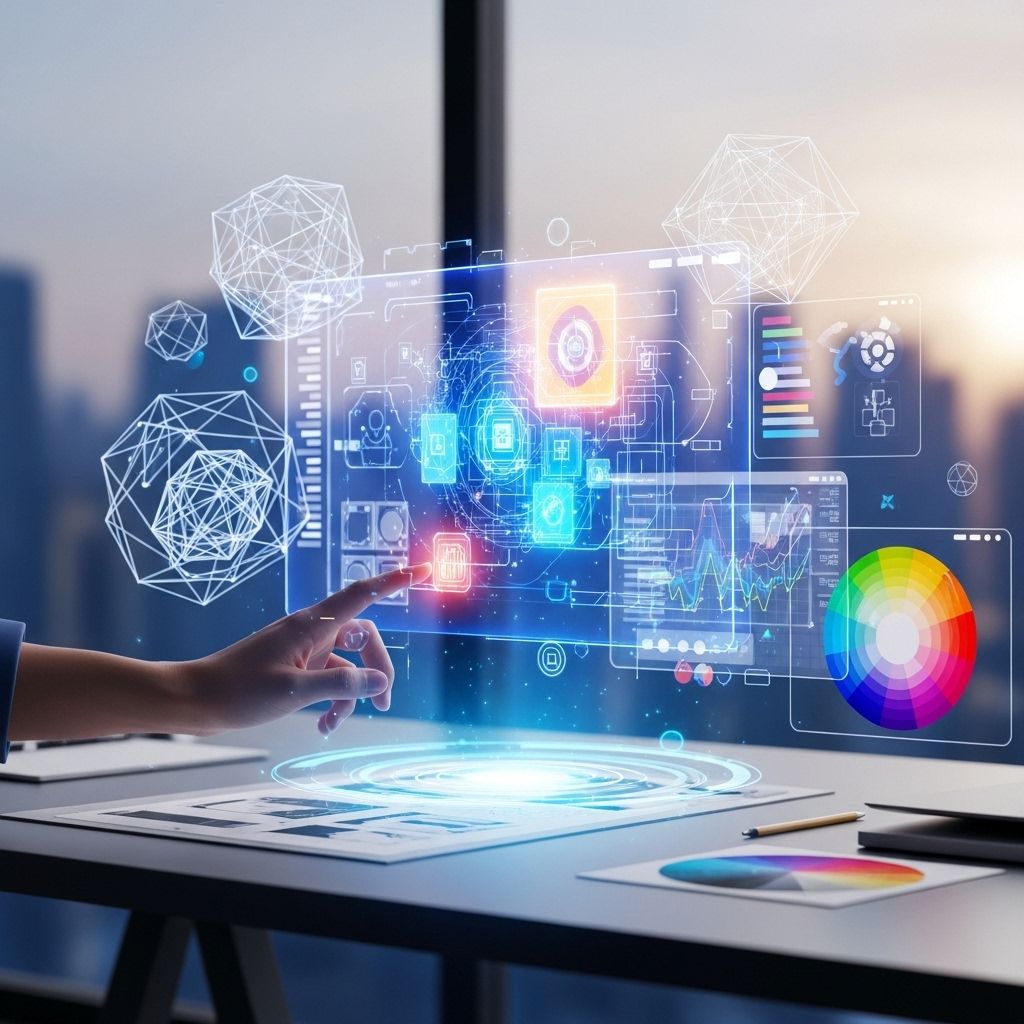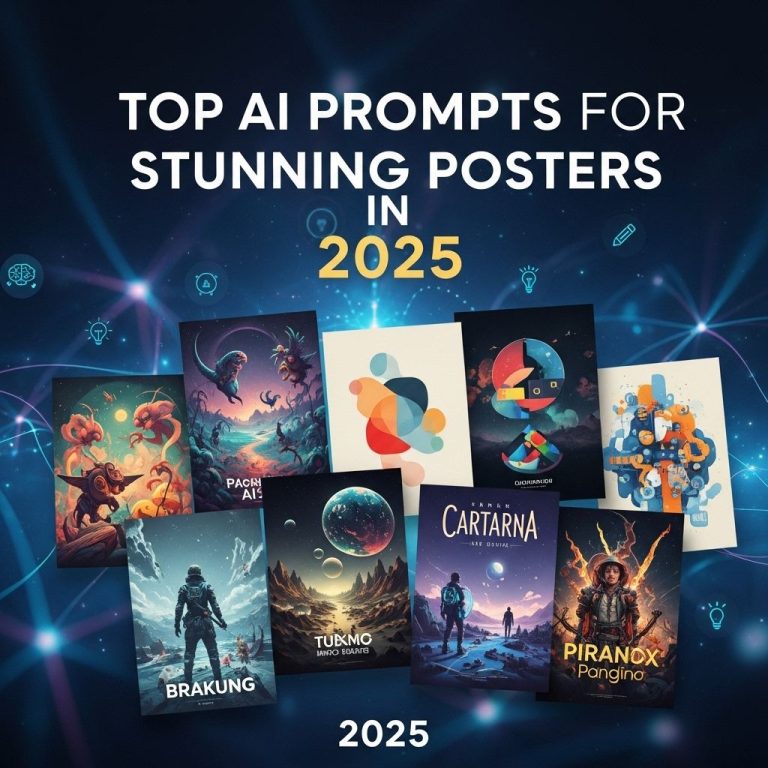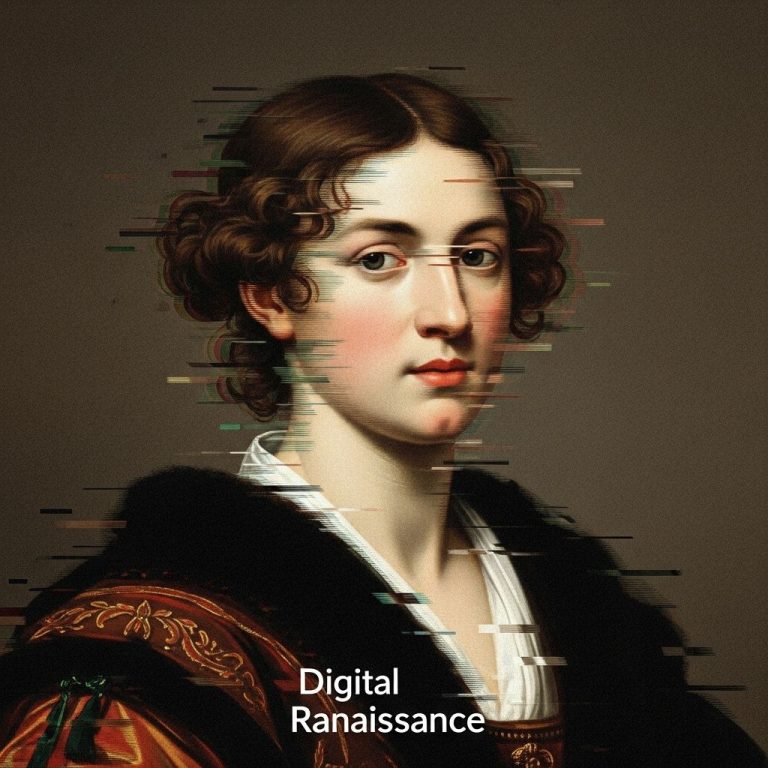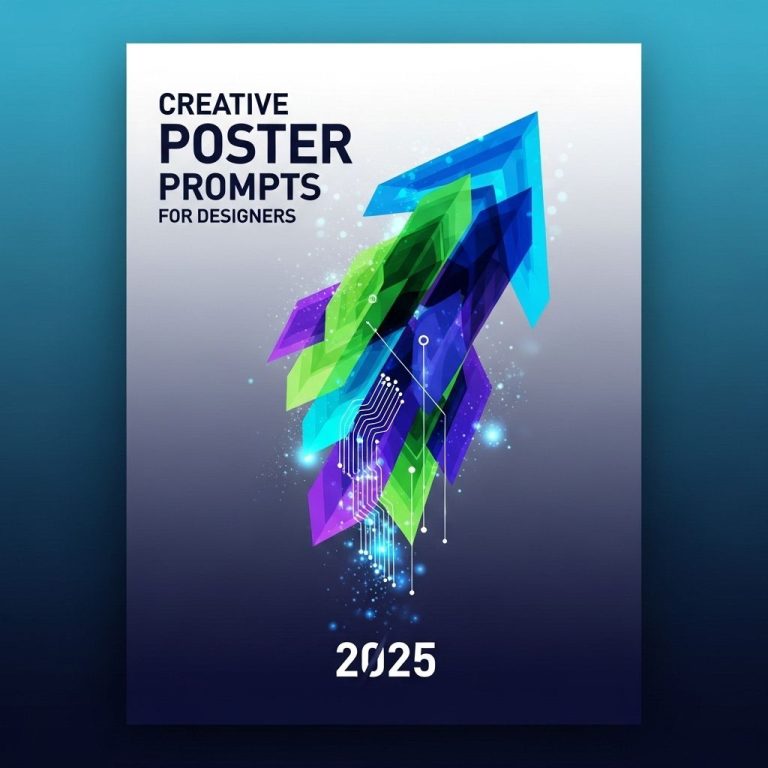In the rapidly evolving world of graphic design, 3D artwork has emerged as a powerful medium that allows designers to push the boundaries of creativity and imagination. With the increasing accessibility of sophisticated software and tools, artists can now bring their visions to life in ways that were once considered impossible. This article will explore a variety of inspiring 3D artwork prompts, providing graphic designers with fresh ideas and directions for their projects.
The Importance of Inspiration in Design
Every designer knows that inspiration can often be fleeting. It can come from various sources: nature, architecture, technology, or even everyday objects. Having a set of prompts can serve as a launching pad for creativity, helping to unlock new ideas and techniques. Here’s why prompts are vital:
- Stimulate Creativity: They push designers to think outside the box.
- Overcome Blocks: Prompts can help overcome creative blocks.
- Skill Development: They encourage experimentation with new tools and techniques.
3D Artwork Prompts
Here, we will dive into a collection of prompts that can inspire graphic designers to create stunning 3D artwork.
1. Nature’s Wonders
Nature offers an endless source of inspiration. Consider these prompts:
- Create a 3D representation of a mythical creature that embodies elements of nature.
- Design a surreal landscape that merges different ecosystems.
- Craft a detailed model of a plant or flower, focusing on textures and lighting.
2. Futuristic Cityscapes
Envisioning the future can lead to compelling designs. Try these prompts:
- Model a city set in a dystopian future, highlighting the contrast with nature.
- Create a utopian city where technology harmonizes with the environment.
- Design a skyline that incorporates elements of various architectural styles.
3. Everyday Objects with a Twist
Taking mundane objects and reimagining them can spark creativity:
- Transform a common kitchen utensil into a fantastical tool.
- Recreate a classic piece of furniture with a modern or surreal twist.
- Design a geometric interpretation of a common object.
Techniques and Tools for 3D Artwork
While inspiration is crucial, the tools and techniques used in 3D artwork play an equally important role. Here’s a breakdown of essential tools and techniques graphic designers should consider:
Popular Software
| Software | Description | Best For |
|---|---|---|
| Blender | An open-source 3D modeling tool with a vast array of features. | Modeling, animation, and rendering. |
| Autodesk Maya | A powerful software used for 3D animation and visual effects. | Professional animation and film. |
| Cinema 4D | Known for its user-friendly interface and powerful rendering capabilities. | Motion graphics and design. |
Essential Techniques
To bring your 3D artwork to life, consider these techniques:
- Texturing: Apply textures to give depth and realism.
- Lighting: Master the use of light to enhance the mood of your artwork.
- Animation: Experiment with movement to create dynamic compositions.
Creating a Cohesive 3D Portfolio
Once you’ve created several pieces of 3D artwork, it’s essential to compile them into a cohesive portfolio. Here are some tips:
1. Curate Your Work
Select pieces that showcase your range of skills while maintaining a consistent style or theme. Consider the following:
- Choose a balance between various types of 3D work (models, animations, concept art).
- Include pieces that highlight your unique voice as a designer.
2. Provide Context
For each piece in your portfolio, include a brief description that outlines:
- The prompt or idea behind the artwork.
- The techniques used to create it.
- Any challenges faced during the design process.
3. Keep It Updated
As you grow as an artist, regularly update your portfolio to reflect your latest skills and projects. This keeps your work relevant and showcases your progression over time.
Conclusion
Inspiring 3D artwork prompts can serve as a catalyst for creativity and innovation among graphic designers. By exploring various themes and utilizing cutting-edge tools, designers can create mesmerizing works that capture the imagination. Whether it’s through nature, futuristic concepts, or reimagined everyday objects, the possibilities are endless. As you embark on your next 3D project, let these prompts guide you to a new realm of artistic expression.
FAQ
What are some creative 3D artwork prompts for graphic designers?
Graphic designers can explore prompts such as creating a futuristic cityscape, designing a whimsical underwater world, or visualizing a surreal dreamscape. Other ideas include crafting a product mockup for a fictional brand or illustrating a 3D character based on a classic fairy tale.
How can I use 3D artwork to enhance my graphic design portfolio?
Incorporating 3D artwork into your portfolio can showcase your versatility and ability to work with different dimensions. Highlight projects that demonstrate your skills in modeling, texturing, and lighting, and include a mix of styles to appeal to a wider audience.
What software is best for creating 3D artwork?
Popular software options for creating 3D artwork include Blender, Autodesk Maya, Cinema 4D, and 3ds Max. Each has unique features and capabilities, so it’s best to choose one that aligns with your specific project needs and skill level.
Are there any specific techniques for creating realistic 3D textures?
For realistic 3D textures, consider using high-resolution image maps, employing bump and displacement maps for depth, and utilizing physically based rendering (PBR) techniques. Experimenting with lighting and shadow can also enhance the realism of your textures.
How can I find inspiration for my 3D graphic design projects?
Inspiration for 3D graphic design can be found in various places, such as art communities on social media, design blogs, and online galleries like Behance or ArtStation. Additionally, nature, architecture, and everyday objects can provide creative ideas for your projects.




